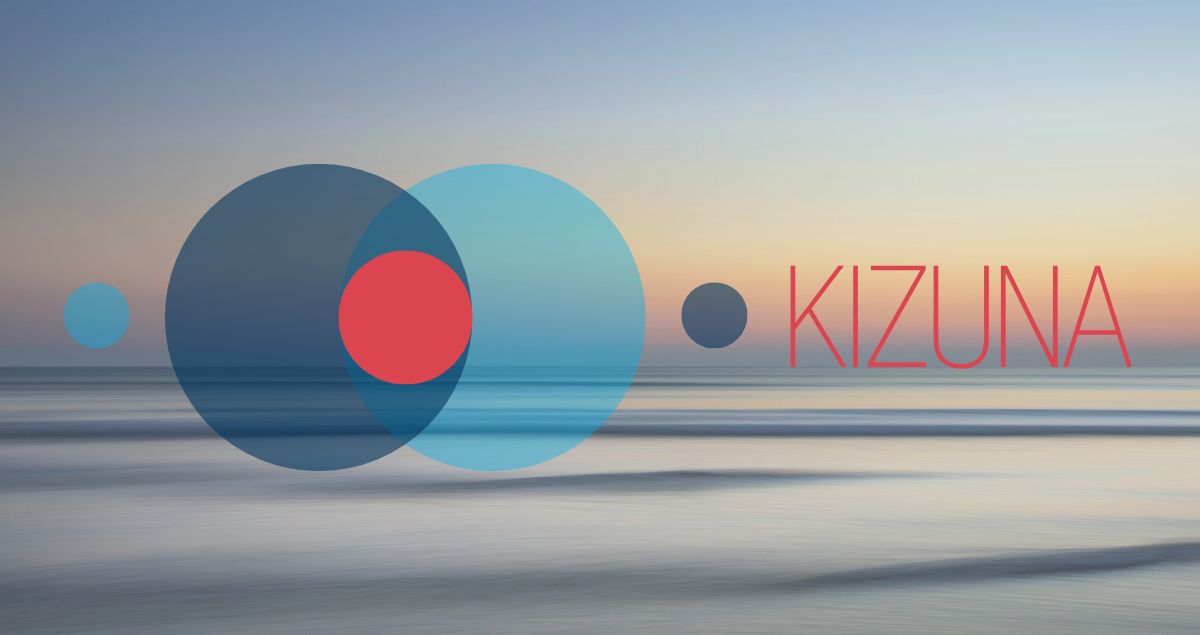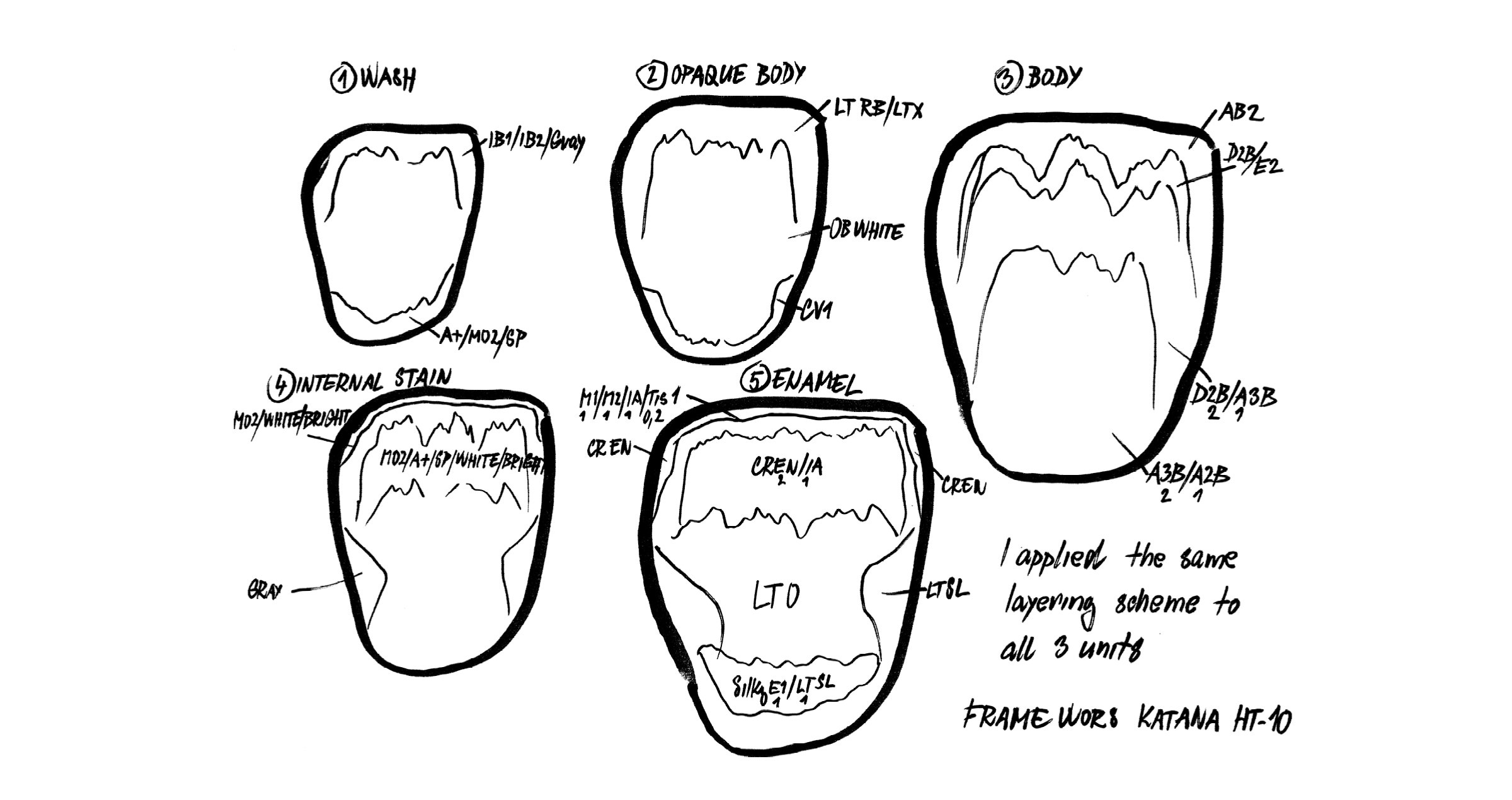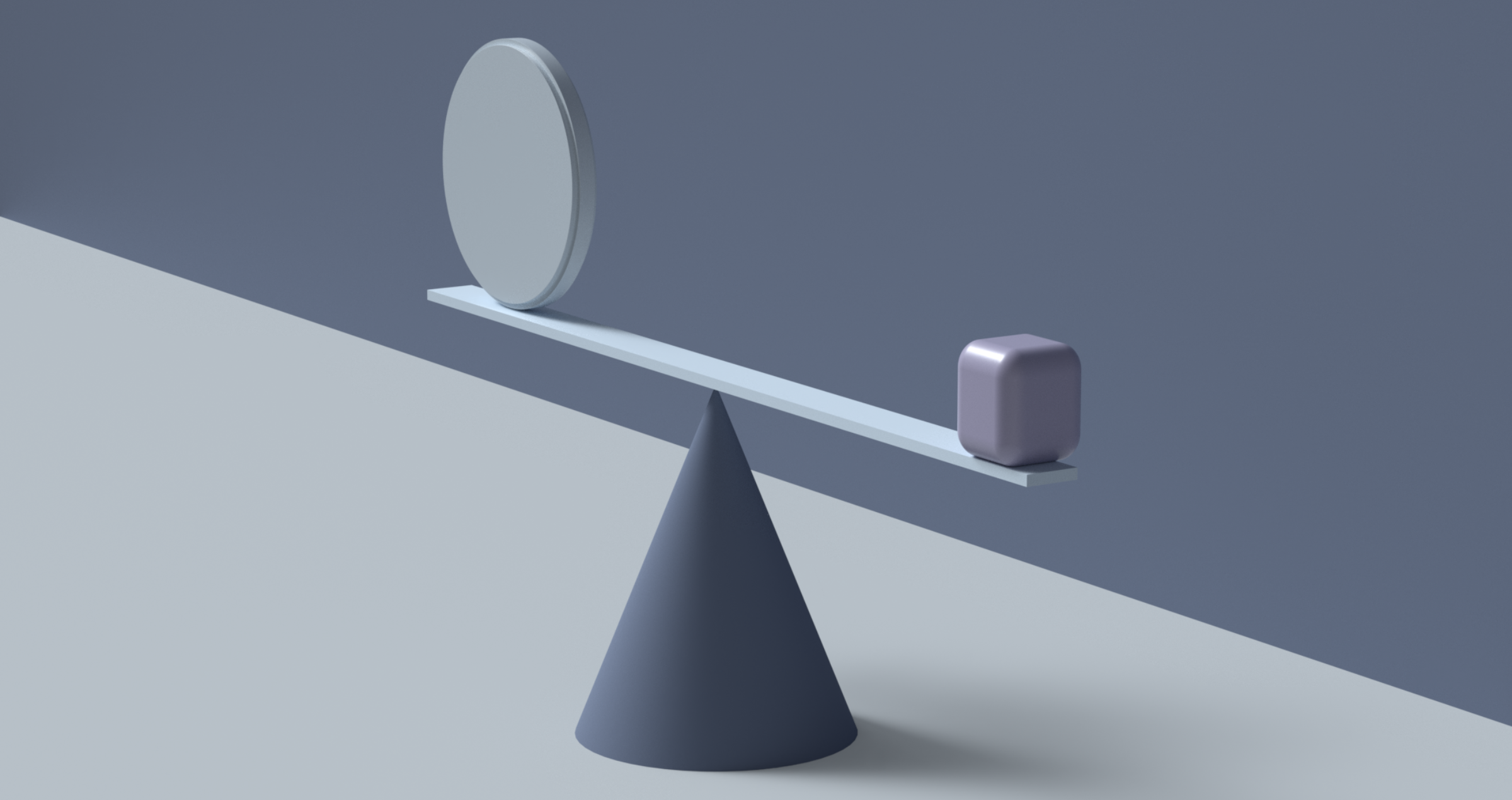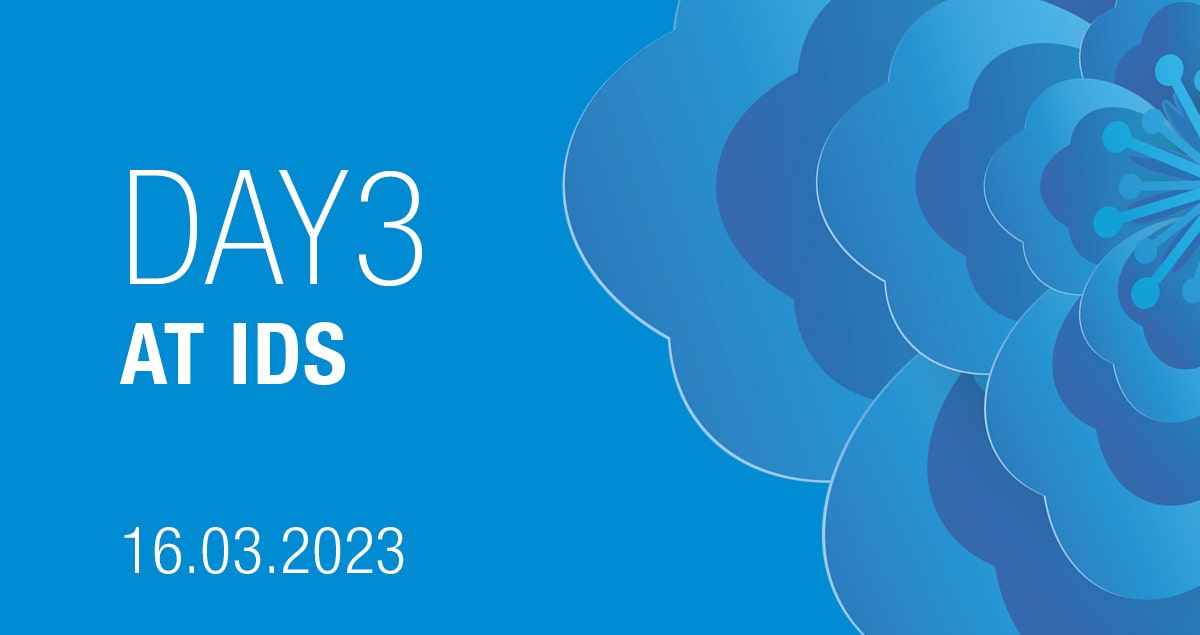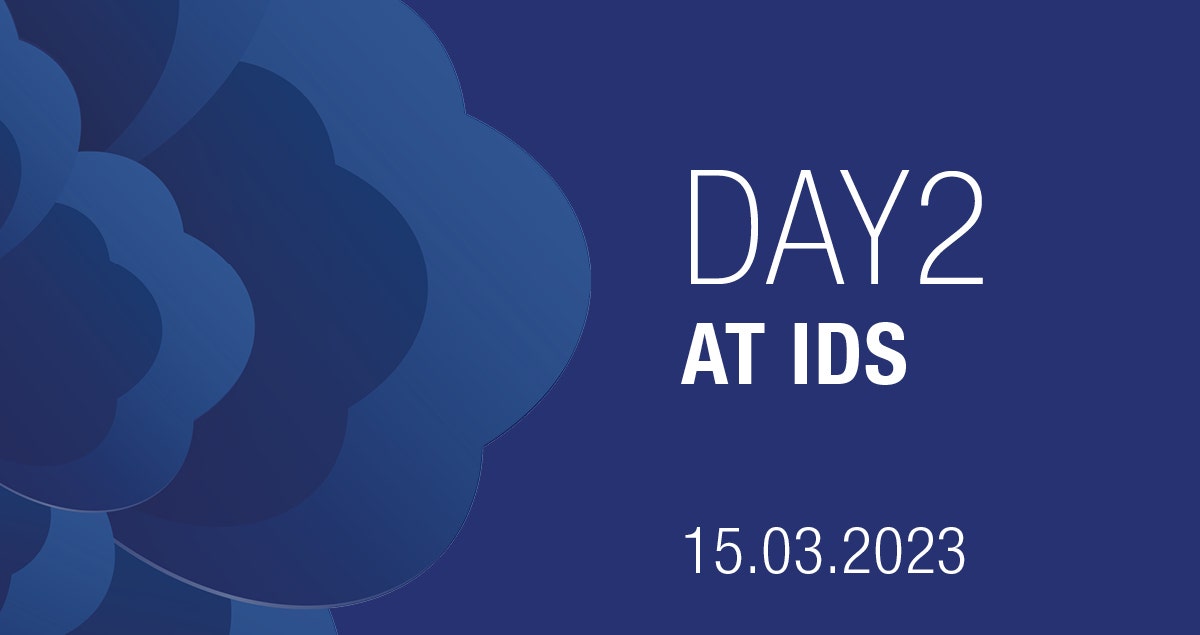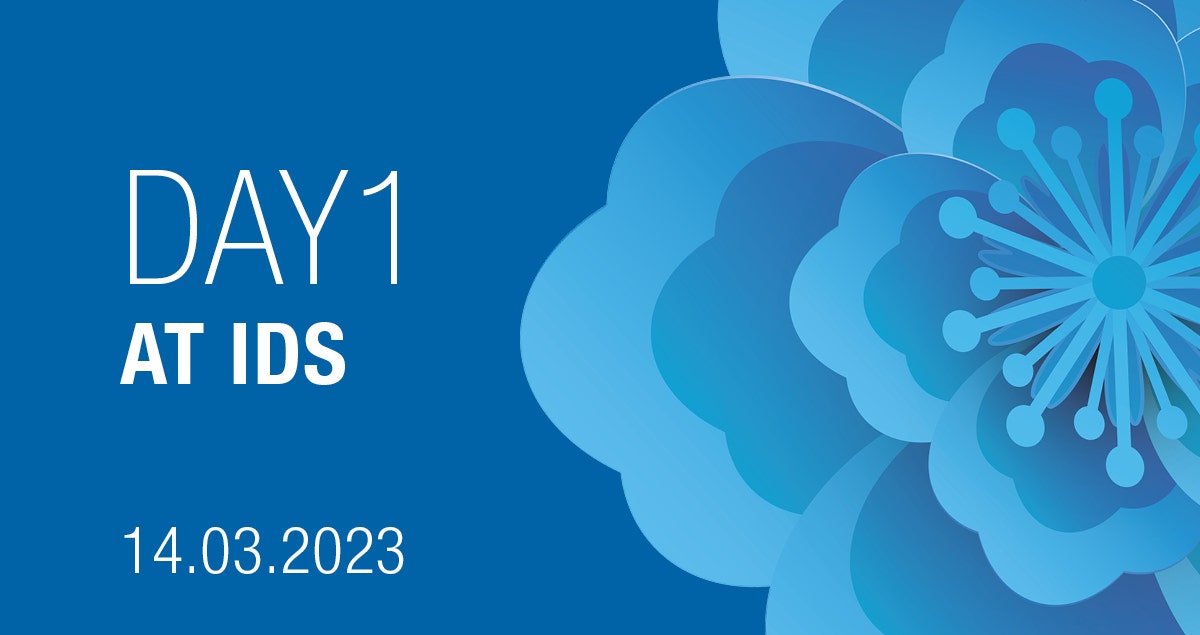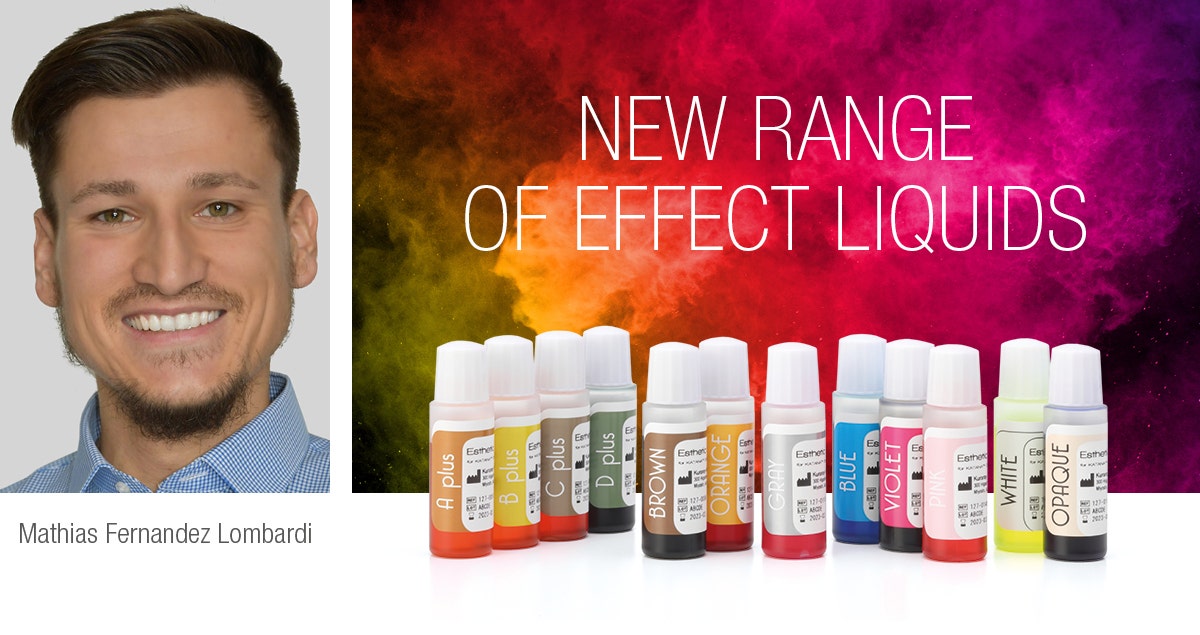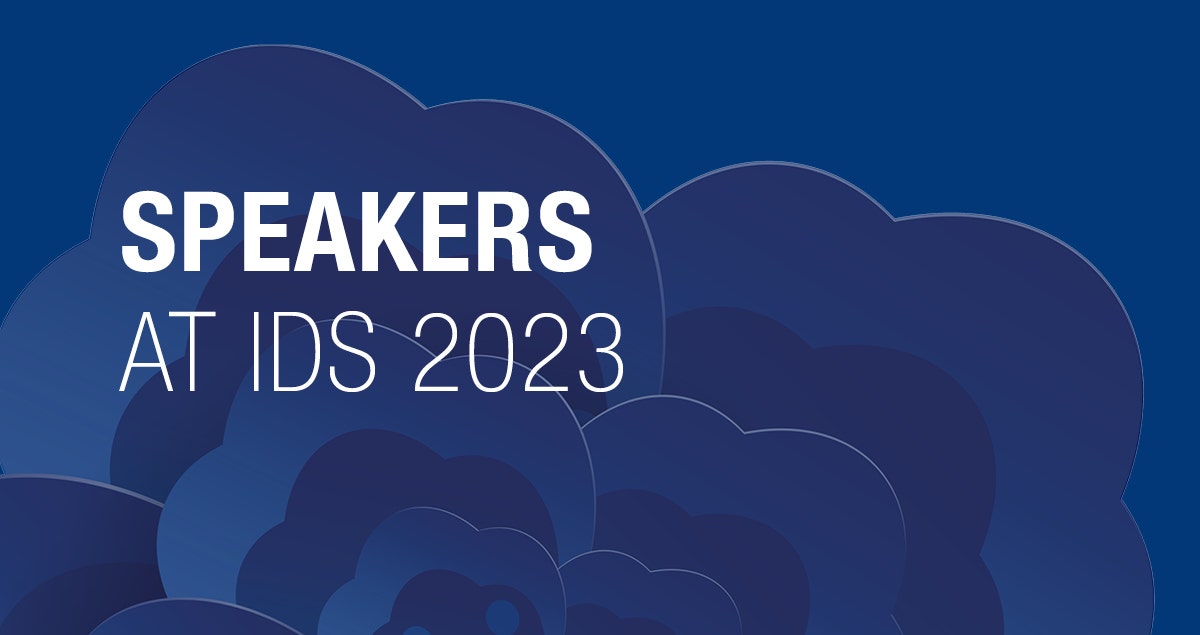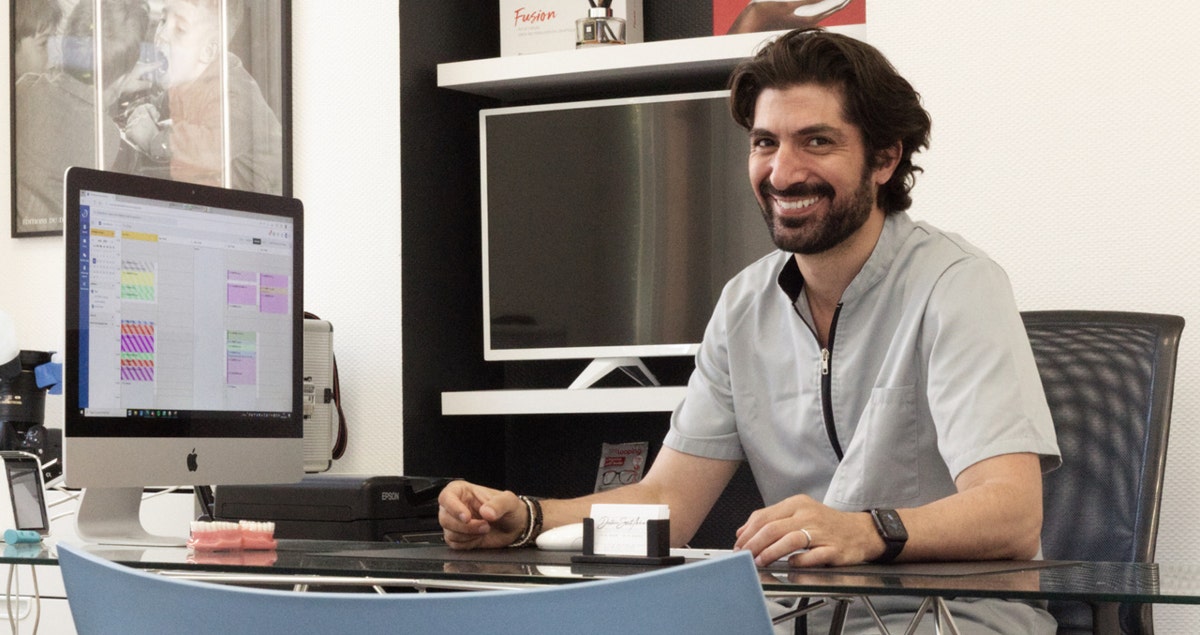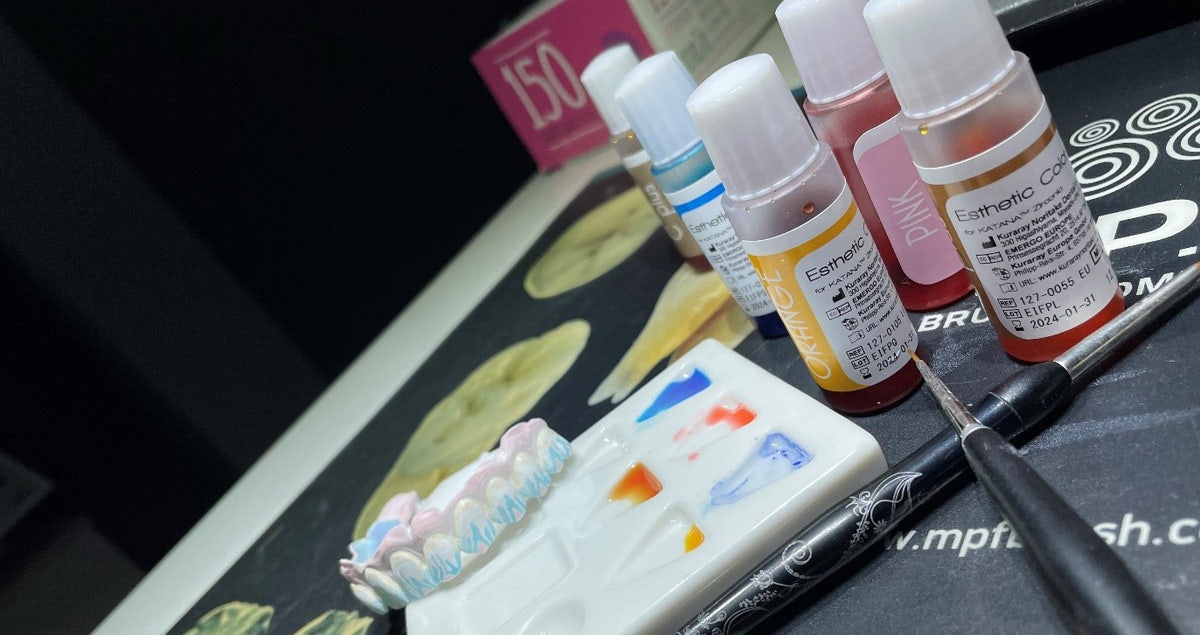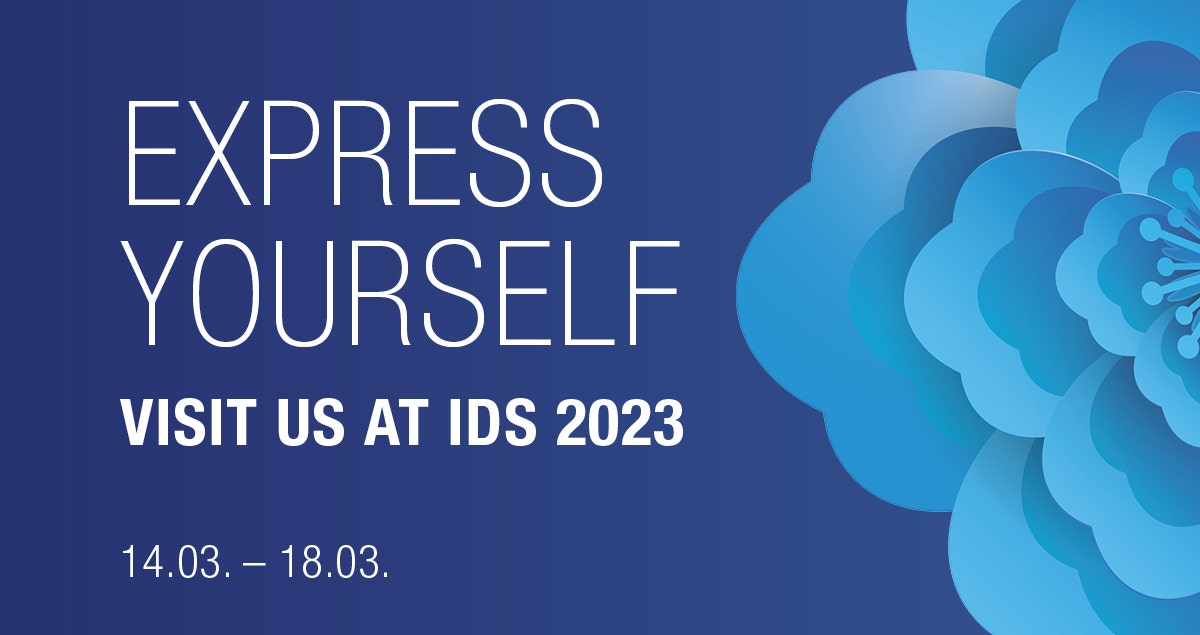Interview with Dr. Karim Nasr
Zirconia is a popular restorative material with highly beneficial mechanical and meanwhile also optical properties. Due to long processing times, especially sintering, the material was initially not suitable for single-visit dentistry. This changed with the availability of zirconia variants with shortened sintering times and special high-speed sintering furnaces.
We discussed with Dr. Karim Nasr, who is senior lecturer at the University of Toulouse in France and head of CAD/CAM postgraduate training, about his actual practice. His passion for CAD/CAM leads him to use CEREC since 2006 (former CEREC trainer) and to found also iAcademy, a training academy about digital dentistry. He shared his experience with us and we talked about his workflow and indication-specific material preferences as well as specific recommendations regarding the use of KATANA™ Zirconia Block in single-visit dentistry.
Dr. Nasr, which chairside CAD/CAM system do you currently use?
Karim Nasr: I am currently using a chairside CEREC Primescan AC system (Dentsply Sirona) combined with a MCXL milling machine (Dentsply Sirona) in my private practice. In my hospital practice and in the specialized esthetic dentistry consultation that I manage, we use a CEREC Primescan AC system combined with a CEREC Primemill milling machine (Dentsply Sirona).
Why did you opt for those components?
Karim Nasr: The choice of this entire system was guided by several criteria. Working on a proprietary chain certainly locks the possibilities of mixing the equipment, but brings real simplicity and fluidity of use. Moreover, the CEREC Software is certainly the most successful CAD software for a chairside use. It offers personalized and easily modifiable restorations in just a few steps. The simultaneous milling of the top (extrados) and bottom (intrados) surfaces without changing the burs ensures a very short milling time. Finally, a large number of materials are available and can be used with this system.
When did you start working with a chairside CAD/CAM system?
Karim Nasr: I discovered and started working with my first chairside system (CEREC 3) in 2005, shortly after graduating. At that time, everything was new in this field. The intraoral scanner, CAD software, milling unit and ceramic materials had just been introduced. All those components allowed us to deliver aesthetic dental treatments within a single treatment session for the first time.
How did the chairside CAD/CAM systems evolve over time?
Karim Nasr: Of course, with the advances in computer technology, the systems have become more efficient. While it was still necessary to powder the surfaces and possible to record one or two teeth in 2005, powder is no longer required in 2022 and complete arches can be scanned in less than two minutes with an accuracy of less than 20 μm. The design process is highly automated and very well assisted – artificial intelligence is used at all stages, making the work easier.
For what purposes do you use your system today?
Karim Nasr: In more than 15 years, the use of my system has evolved a lot. Nowadays, I reserve it for procedures that can be performed in a single session. This is of the greatest utility for my patients and it allows me to optimize my treatment time. For this reason, not only the milling time, but also the time needed for post-processing is crucial for the decision whether to use my chairside CAD/CAM system or to collaborate with a dental laboratory.
What kinds of materials do you process chairside?
Karim Nasr: I think I have tested all the materials available (at least in France), to be able to select the most suitable ones for daily procedures. Currently, I use different kinds of materials depending on the indications encountered: PMMA for temporary restorations, composites for inlays and onlays, glass-ceramics for onlays, overlays and crowns, and finally zirconia for crowns and bridges.
How do chairside CAD/CAM and zirconia go together?
Karim Nasr: In fact, quite simply. For me, a chairside equipment must be able to produce restorations in the same treatment session. Otherwise, it is a labside workflow. Thus, to use zirconia in chairside systems, the milling procedure must be fast and efficient, but above all, the post-processing (especially sintering) process must be fast. For short processing times, dry milling is recommended, as well as the use of a fast-sintering furnace (such as the CEREC SpeedFire from Dentsply Sirona).
What are the benefits of zirconia compared to other ceramic materials?
Karim Nasr: There are many of them. From a biomechanical point of view, the high mechanical strength of zirconia allows us to work with reduced wall thicknesses, which enables us to be more conservative in dental tissues or to choose any placement method (cementation or bonding). From a biological point of view, perfectly polished, zirconia is the most tolerant ceramic, as it is kind to antagonistic teeth and incredibly well tolerated by periodontal tissues. I prefer zirconia for my crowns on implants for this reason.
What was your first impression when you heard about KATANA™ Zirconia Block?
Karim Nasr: I caught a first glimpse of the new material during an event in 2018. KATANA™ Zirconia STML already existed in discs for laboratories and was well known for its aesthetic qualities. Its block version was highly anticipated. But the most amazing feature was the short sintering times announced (with the CEREC SpeedFire in particular). Testing it, I was immediately amazed by the quality of the ceramic and impressed that it is possible to obtain such an aesthetic result (translucency and shade gradation) within such a short time. This is aesthetic zirconia for everyone!
For which indications would you employ KATANA™ Zirconia Block?
Karim Nasr: I reserve the use of KATANA™ Zirconia Block for crowns and for 3-unit bridges. In some cases, I also use it to produce cantilever bridges with a single-retainer design to replace missing incisors (as described by M. Kern). I particularly like it in my cases where I employ a Biologically Oriented Preparation Technique (BOPT) or Vertiprep.
Are there any material features which are particularly interesting for you?
Karim Nasr: Its biomechanical qualities (which are those of zirconia, already mentioned above) already allow me to extend the indications of my chairside restorations. But, in my opinion, the most interesting property is the degree of translucency. Although it is translucent, KATANA™ Zirconia Block is slightly more opaque than glass-ceramics in their lowest degree of translucency. This allows me to use it on discoloured substrates with higher confidence and to avoid the gray effect without having to use an opaque resin cement.
Do you have any recommendations for an ideal processing of KATANA™ Zirconia Block?
Karim Nasr: The use of zirconia in chairside procedures requires certain precautions to be taken in order to achieve the expected results. I have carried out many tests to identify the mistakes not to be made.
First, dry milling is strongly recommended. Nevertheless, it is quite possible to mill in wet environment. However, in this case, it is fundamental to reserve a tank only for the milling of zirconia, never use any lubricant in water (ideally demineralized water), and to have the filters always clean, which means that they need to be cleaned after each milling procedure. After milling, it is important to remove all the powder of zirconia that may have remained on the surface. After dry milling, the restoration must be sprayed with air. The same is the case after the use of burs or polishers to finish the surface. After wet milling, a demineralized water and ultrasound bath may be indicated but is not mandatory.
(Very) fast sintering with CEREC SpeedFire, for example, gives very satisfactory results comparable to conventional slow sintering, which has also been confirmed by scientific literature. Without an appropriate furnace, it is impossible to perform restorations in the same treatment session. However, I do not use CEREC SpeedFire for staining, glazing or micro-layering, but rather a furnace that can be parameterized. Finally, I advise users to finish and glaze only what is necessary (occlusal grooves, vestibular surfaces if visible) and to polish the rest.
Do you have any tips on how to achieve optimal outcomes with KATANA™ Zirconia Block?
Karim Nasr: In anterior cases, I always recommend to perform shading and staining steps in the mouth because there is no better model than the patient himself. Micro-layering in anterior cases makes it possible to improve the aesthetic result with few steps. The 4.4.1. system, which has been specifically developed for KATANA™ Zirconia, makes micro-layering easy to achieve. For polishing, the use of “twist” polishers is recommended. They make it easier to polish all surfaces, especially the occlusal surfaces, both extra-orally and in the mouth. Just like their counterparts for composite, TWIST™ DIA for Zirconia for Zirconia polishers prove to be very effective.
Dr. Nasr, thank you very much.
DR. KARIM NASR


